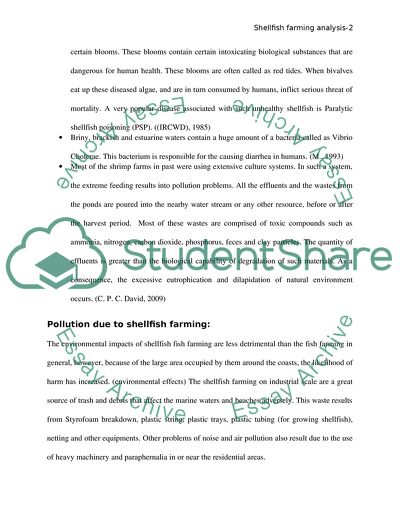Cite this document
(“Threats to Human Health: Shellfish Farming Research Proposal”, n.d.)
Threats to Human Health: Shellfish Farming Research Proposal. Retrieved from https://studentshare.org/miscellaneous/1739484-shellfish-farm-naer-fal-estuary
Threats to Human Health: Shellfish Farming Research Proposal. Retrieved from https://studentshare.org/miscellaneous/1739484-shellfish-farm-naer-fal-estuary
(Threats to Human Health: Shellfish Farming Research Proposal)
Threats to Human Health: Shellfish Farming Research Proposal. https://studentshare.org/miscellaneous/1739484-shellfish-farm-naer-fal-estuary.
Threats to Human Health: Shellfish Farming Research Proposal. https://studentshare.org/miscellaneous/1739484-shellfish-farm-naer-fal-estuary.
“Threats to Human Health: Shellfish Farming Research Proposal”, n.d. https://studentshare.org/miscellaneous/1739484-shellfish-farm-naer-fal-estuary.


